Rheugesic gel (5mg/g gel)
$14.18
Rheugesic gel
Out of stock
piroxicam, which is a nonsteroidal anti-inflammatory drug (NSAID) commonly used for pain relief and reducing inflammation.
Piroxicam is available in various forms such as tablets, capsules, and gels. The gel form is typically applied topically to the skin over the affected area. It is commonly used for musculoskeletal conditions, such as osteoarthritis or rheumatoid arthritis.
Dosage and Administration:
Dosage and administration instructions for piroxicam gel can vary depending on the specific product and the condition being treated. It is important to follow the instructions provided by your healthcare provider or those mentioned on the product packaging.
Generally, the gel is applied to the affected area and gently massaged into the skin. The amount of gel to be used and the frequency of application will depend on the severity of the condition and the recommendations of your healthcare provider.
It’s worth noting that piroxicam gel is typically applied thinly to the skin and should not be used on open wounds, broken or irritated skin, or near the eyes, nose, or mouth. After applying the gel, it is recommended to wash your hands thoroughly to avoid accidentally spreading it to other areas.
Precautions and Side Effects:
Like other NSAIDs, piroxicam can have side effects and may not be suitable for everyone. Some common side effects associated with systemic (oral or injectable) use of piroxicam include stomach upset, gastrointestinal bleeding, skin rash, dizziness, and fluid retention. However, topical application of piroxicam gel tends to have fewer systemic side effects since the medication is applied directly to the skin.
It is important to discuss your medical history and any current medications or conditions with your healthcare provider before using piroxicam gel. They can provide specific guidance on the appropriate usage, dosage, and potential risks associated with the gel.
In conclusion, while specific information about “Rheugesic gel” with 5mg/g of piroxicam is not available, piroxicam is an NSAID commonly used for pain relief and reducing inflammation. The gel form is applied topically to the skin, typically for musculoskeletal conditions. It’s essential to follow the instructions provided by your healthcare provider or the product packaging and discuss any concerns or questions with your healthcare provider.
| Weight | 0.06 kg |
|---|---|
| Dimensions | 3 × 3 × 1 cm |
Related products

